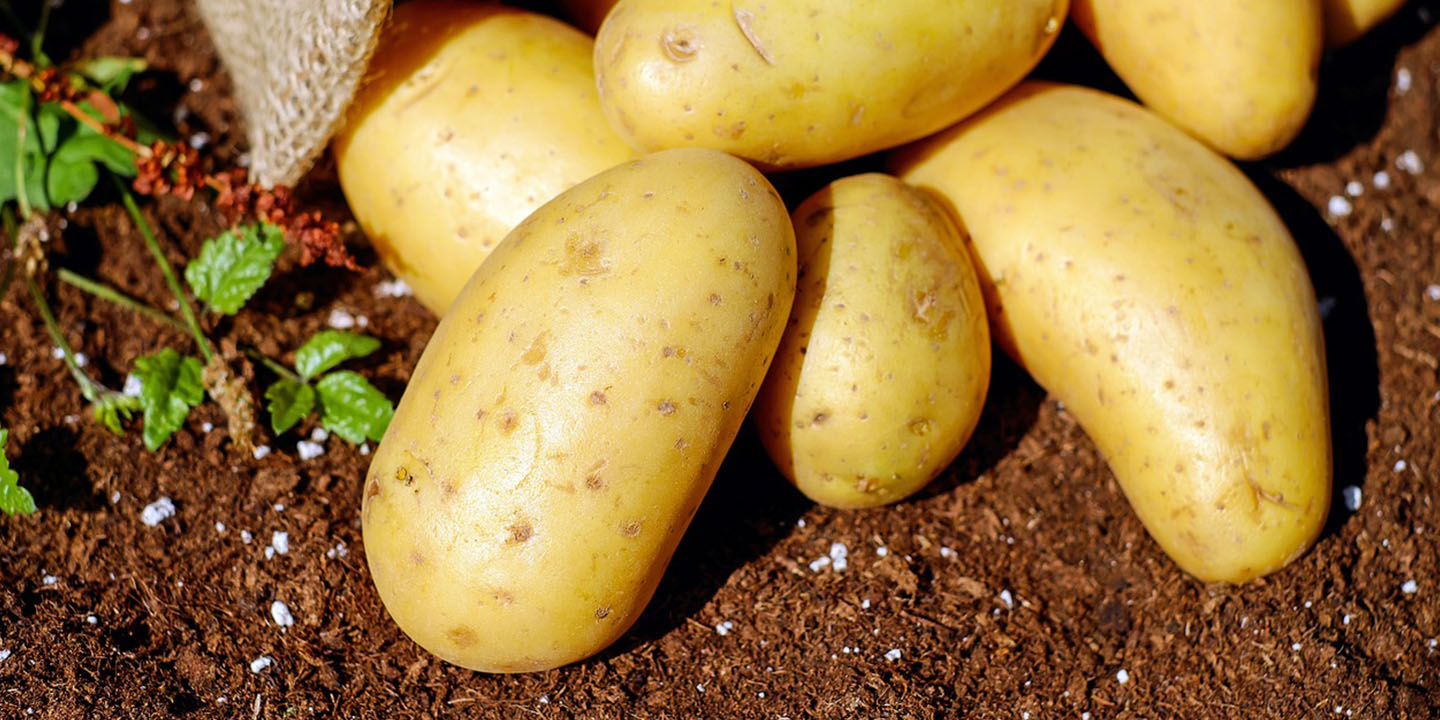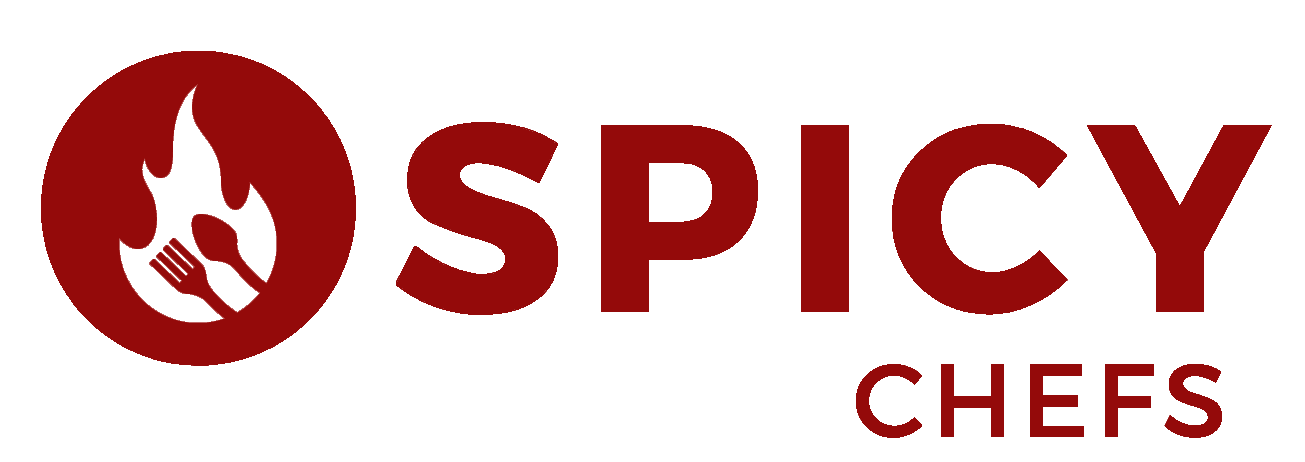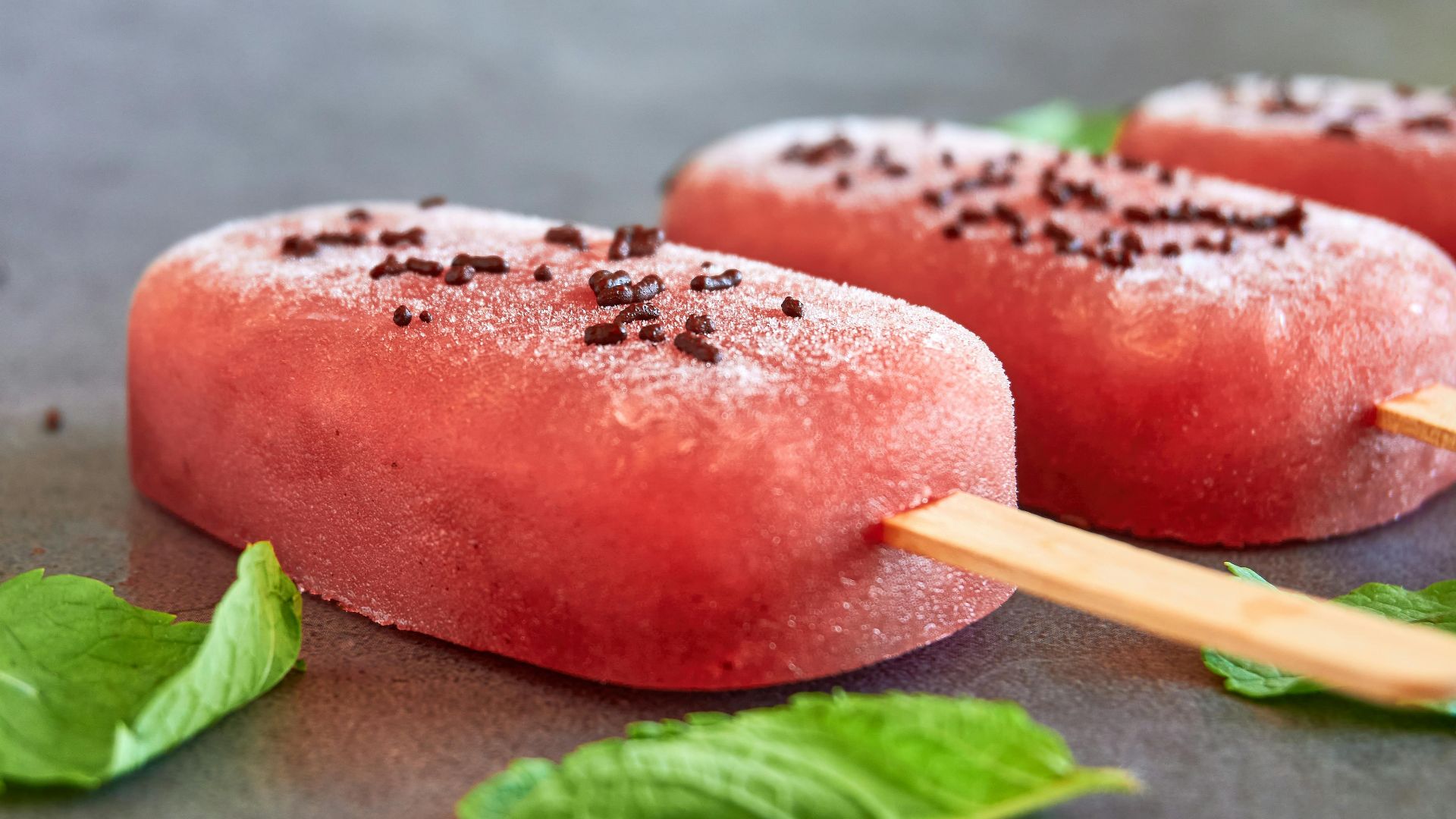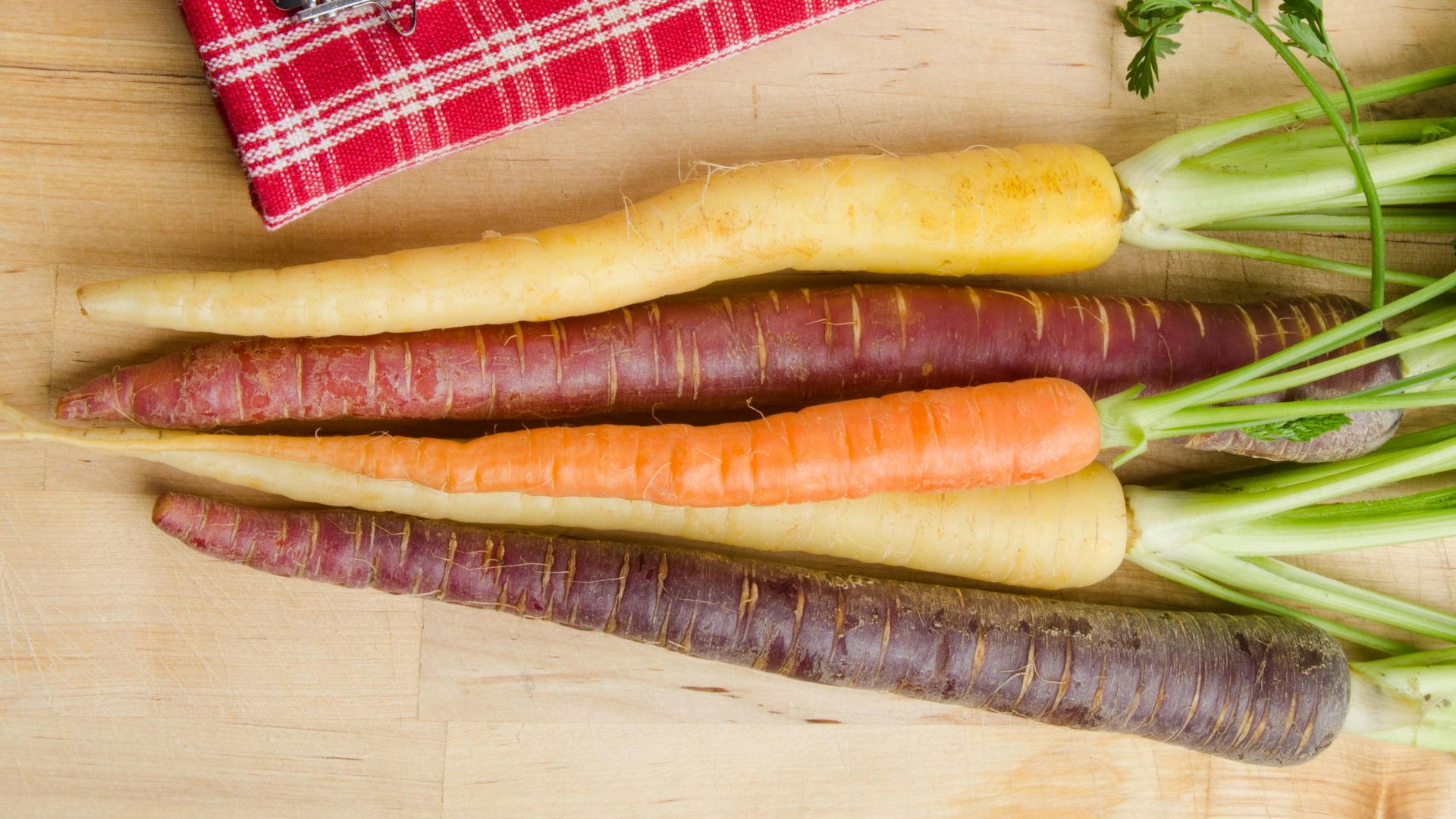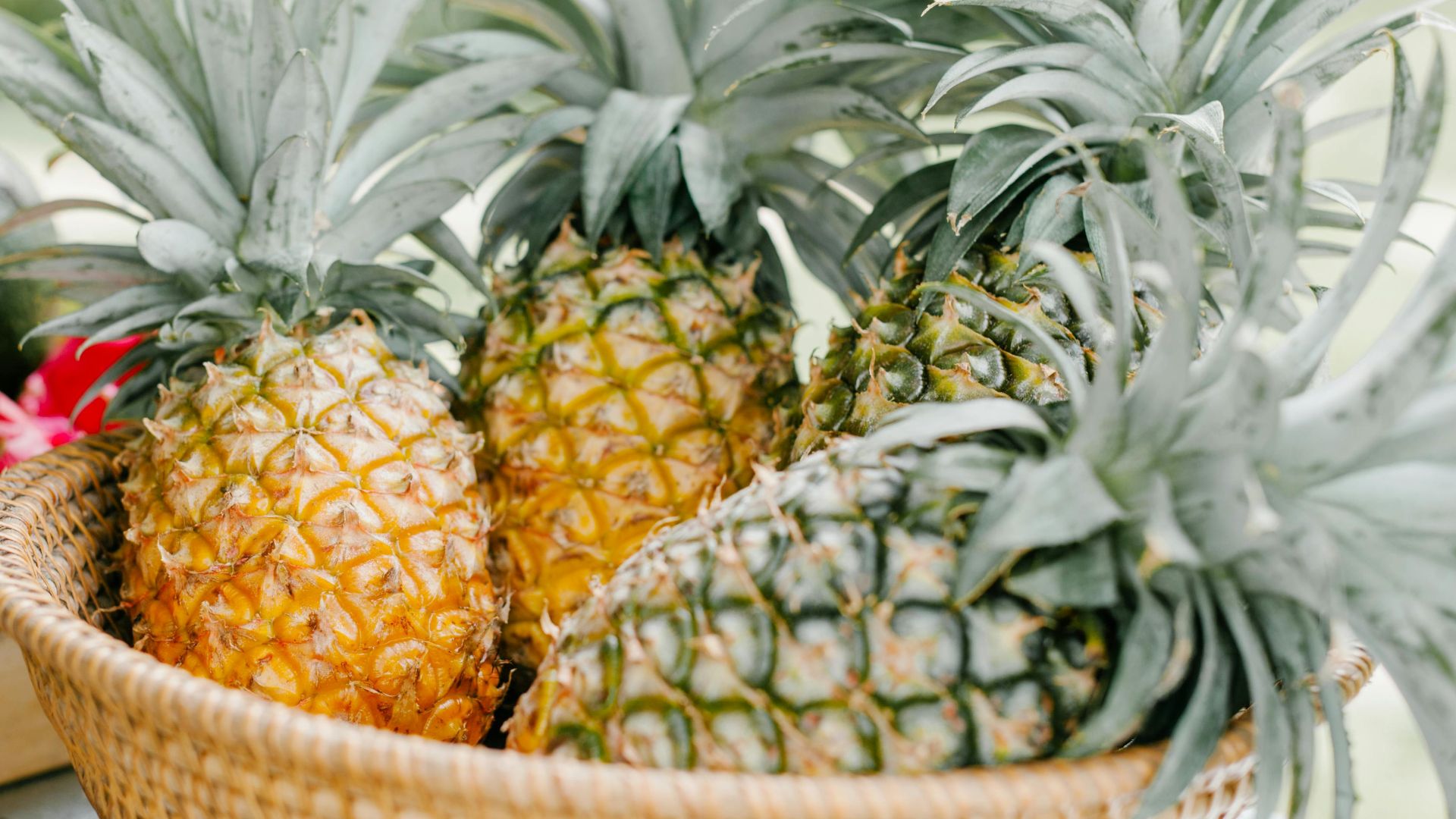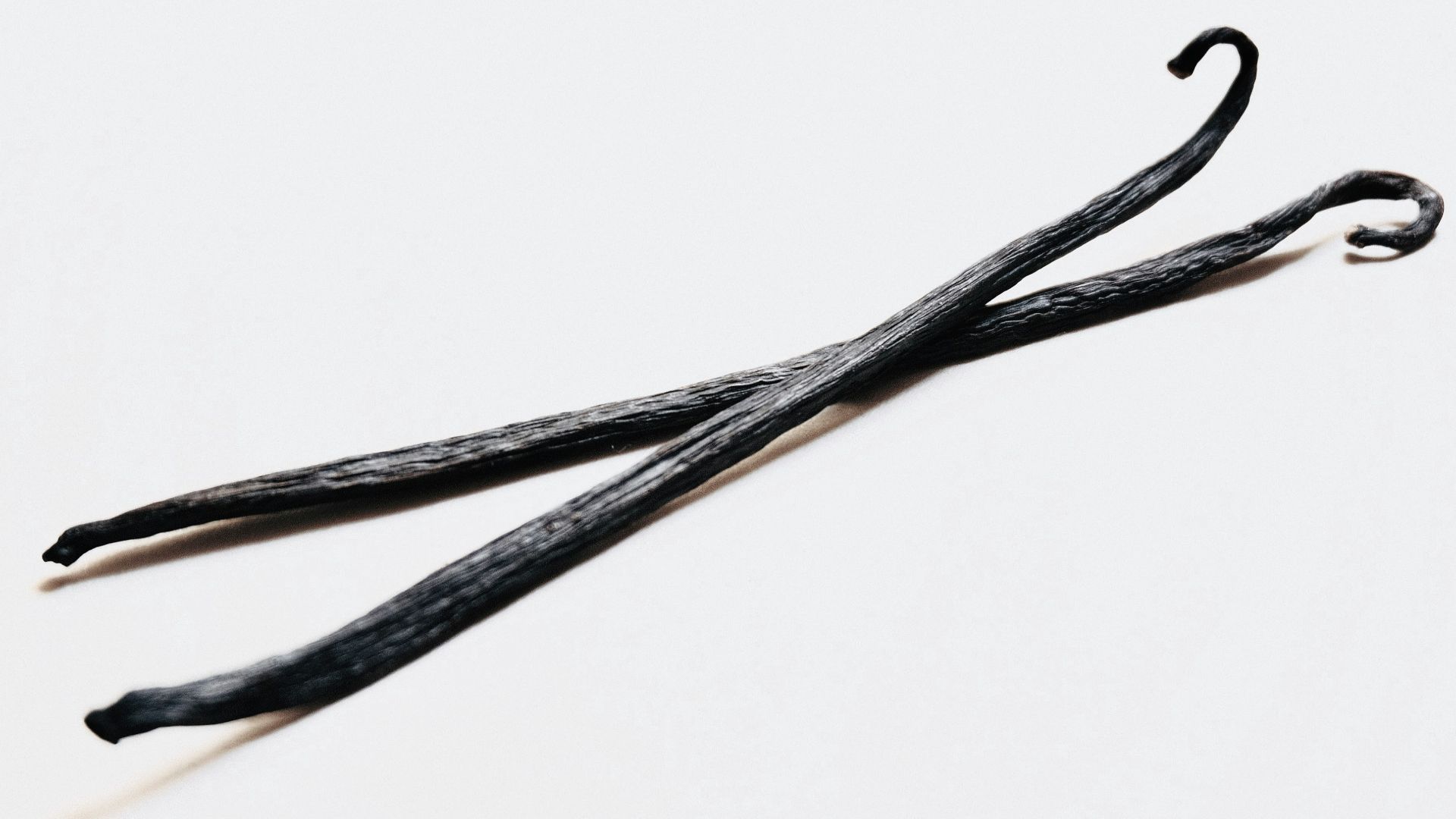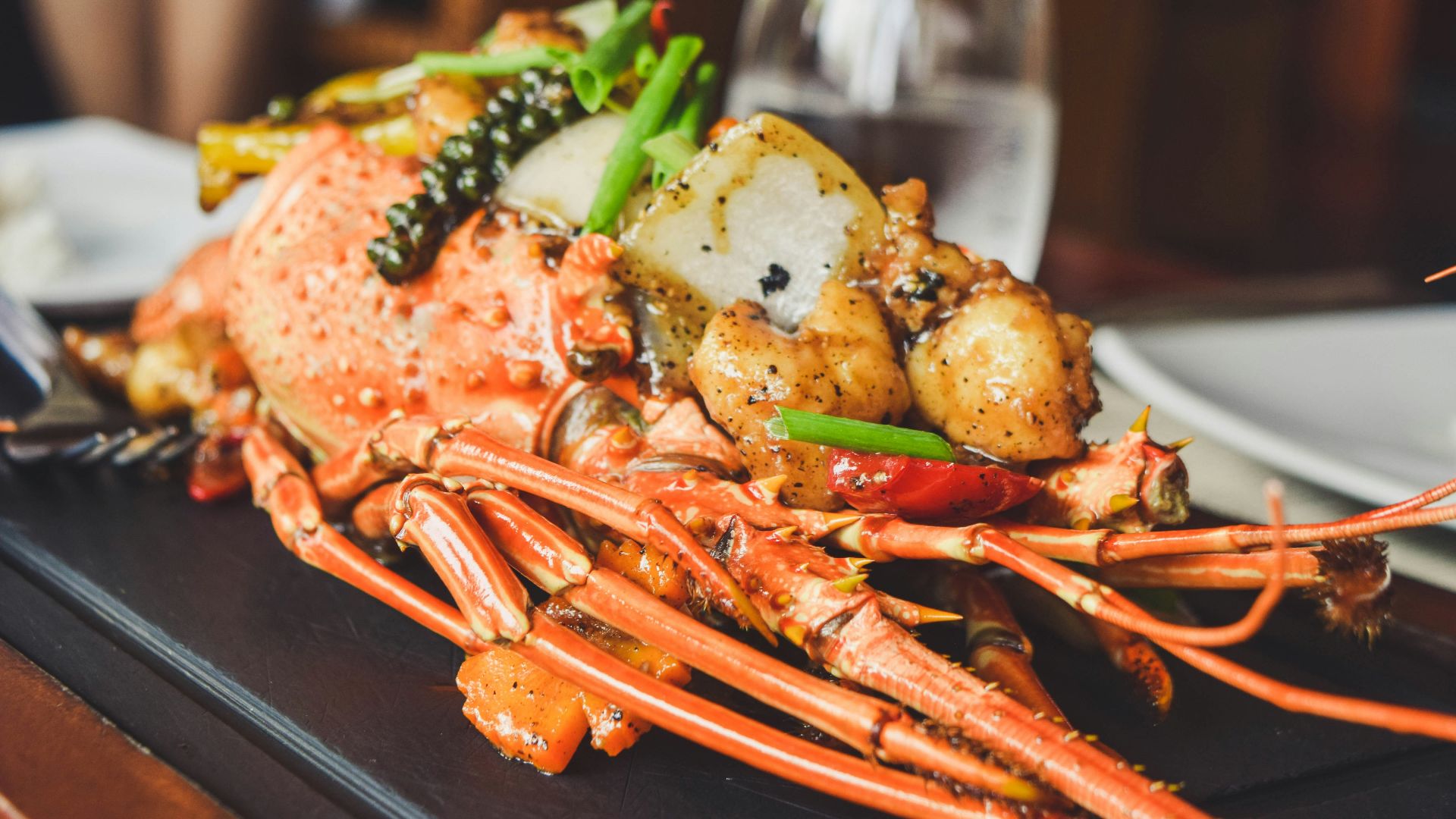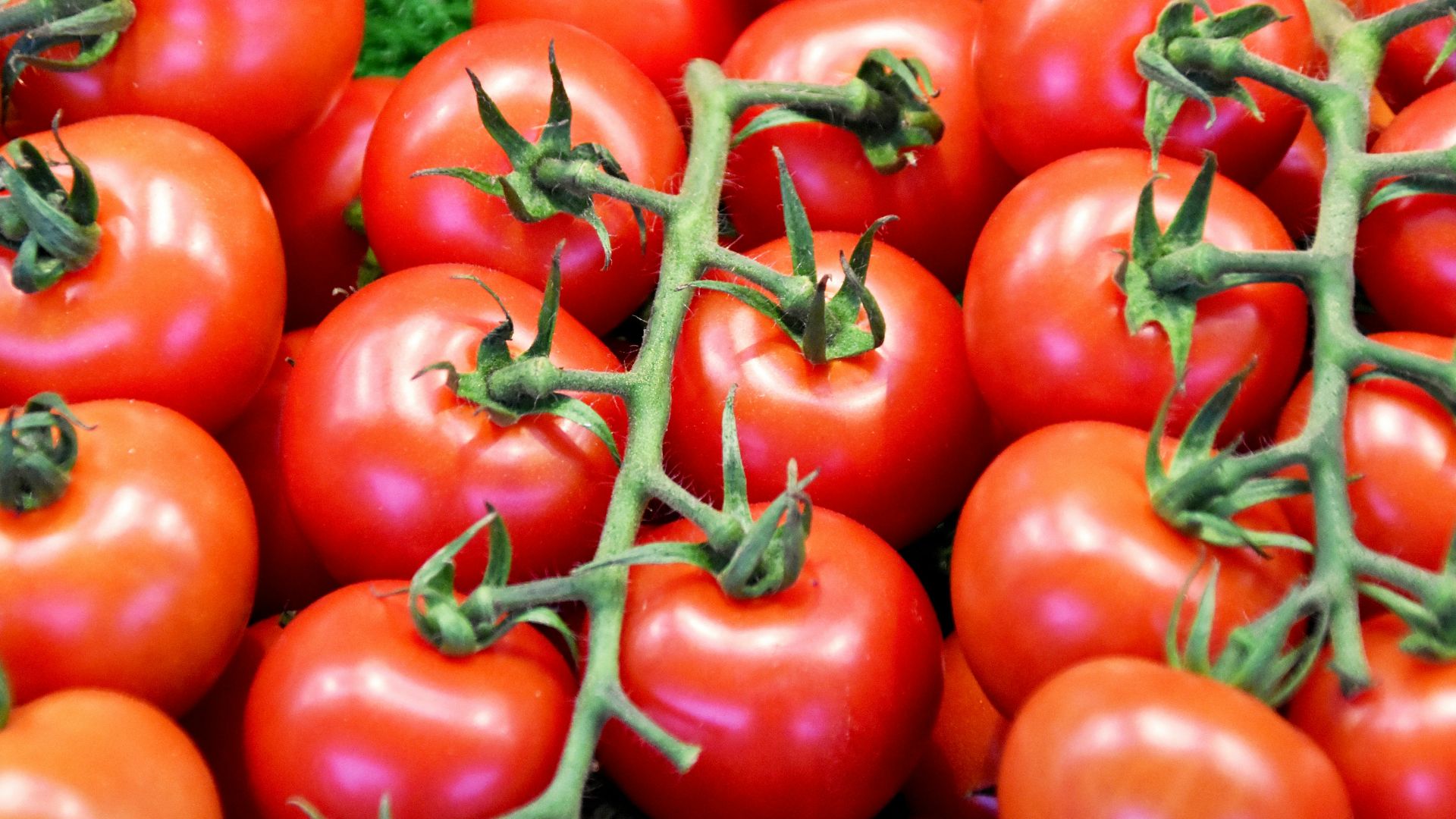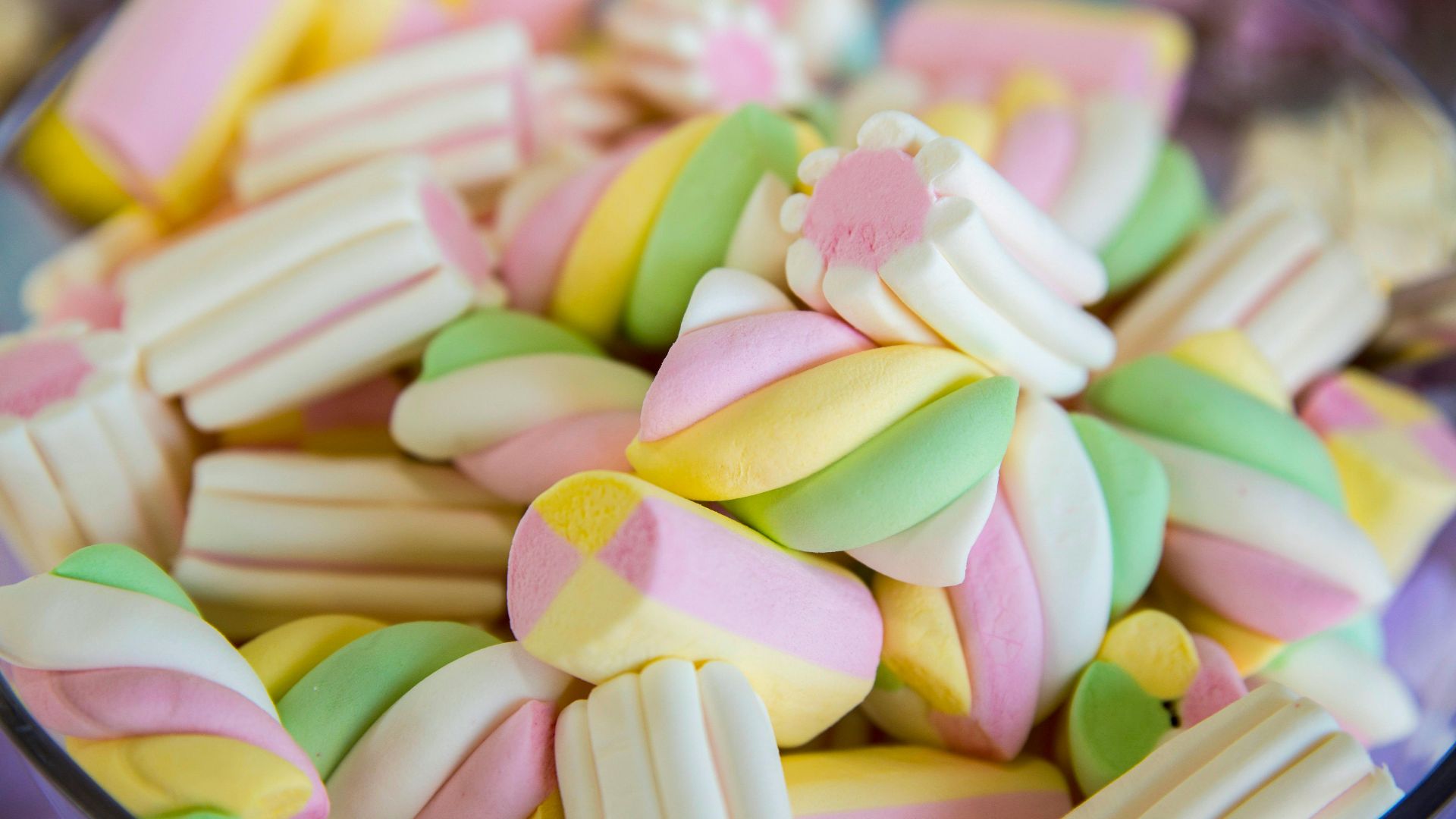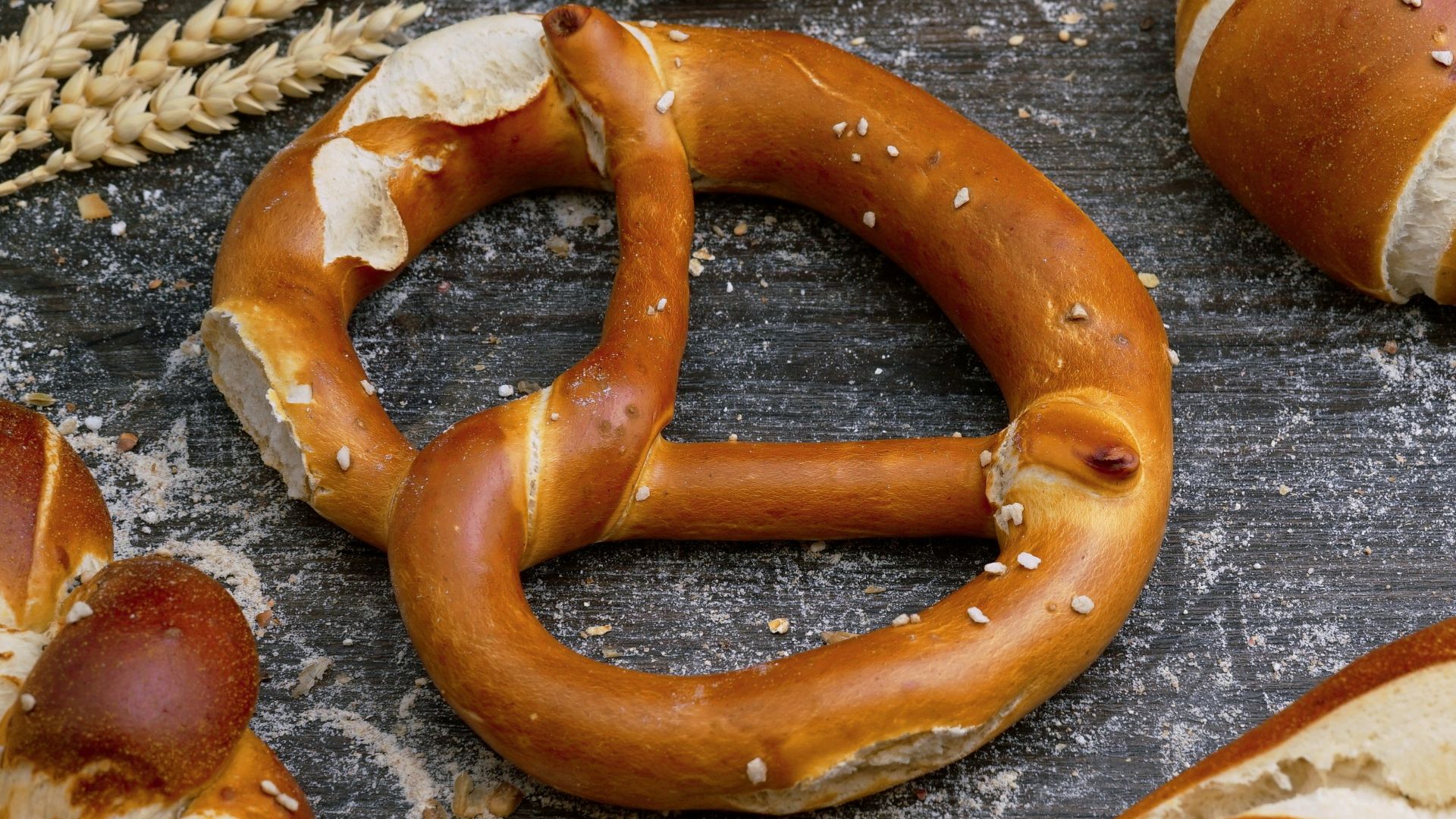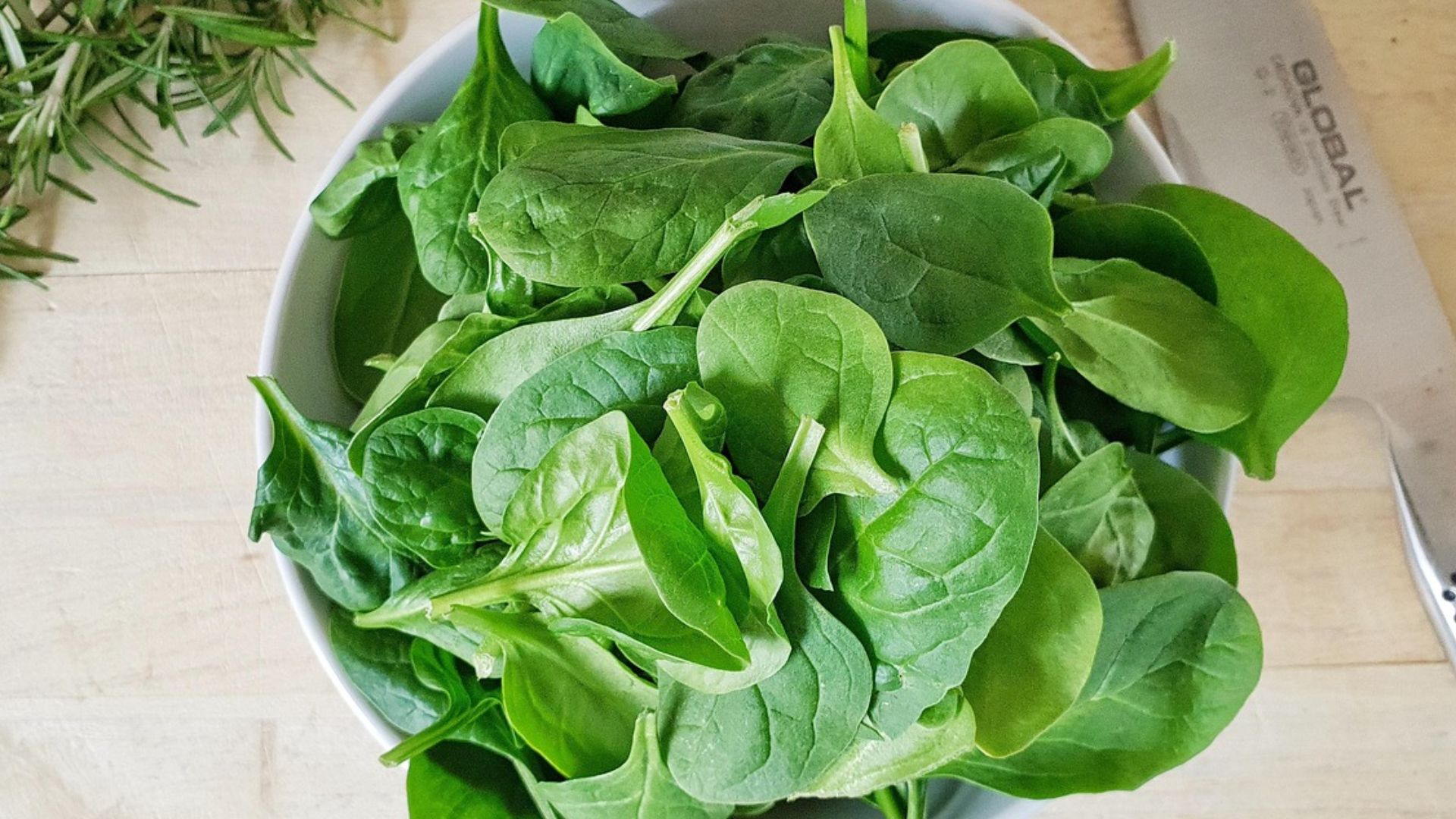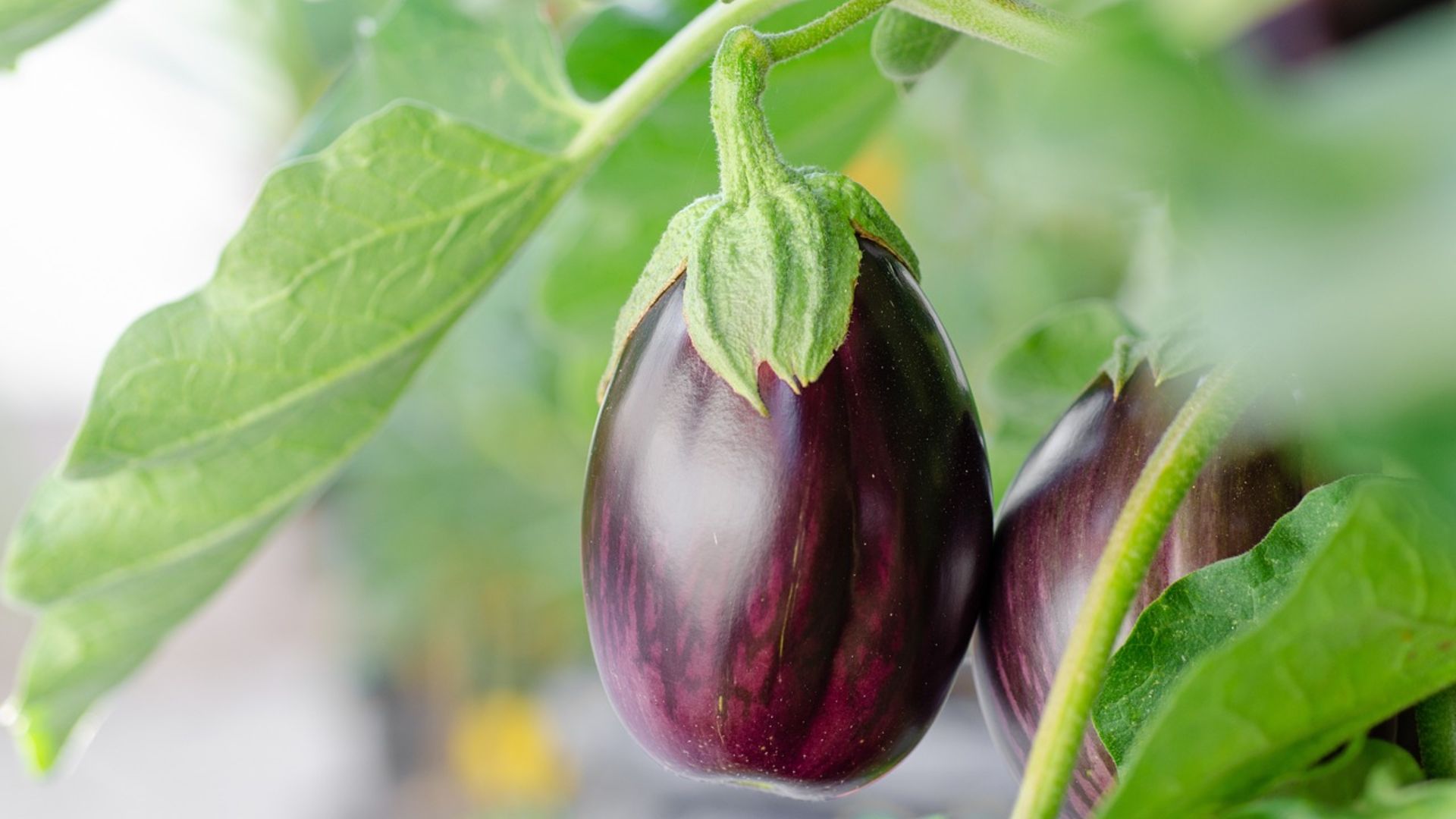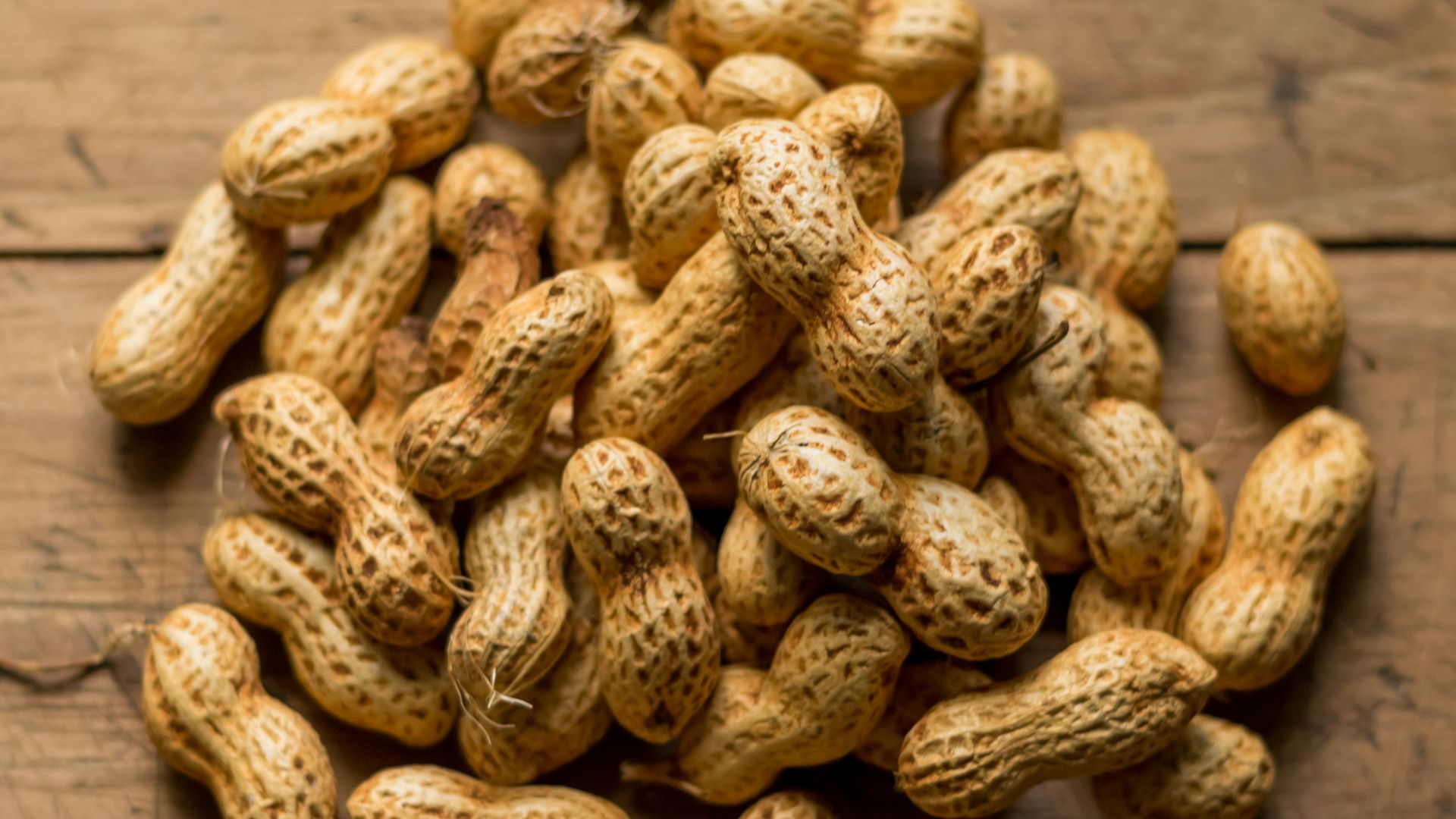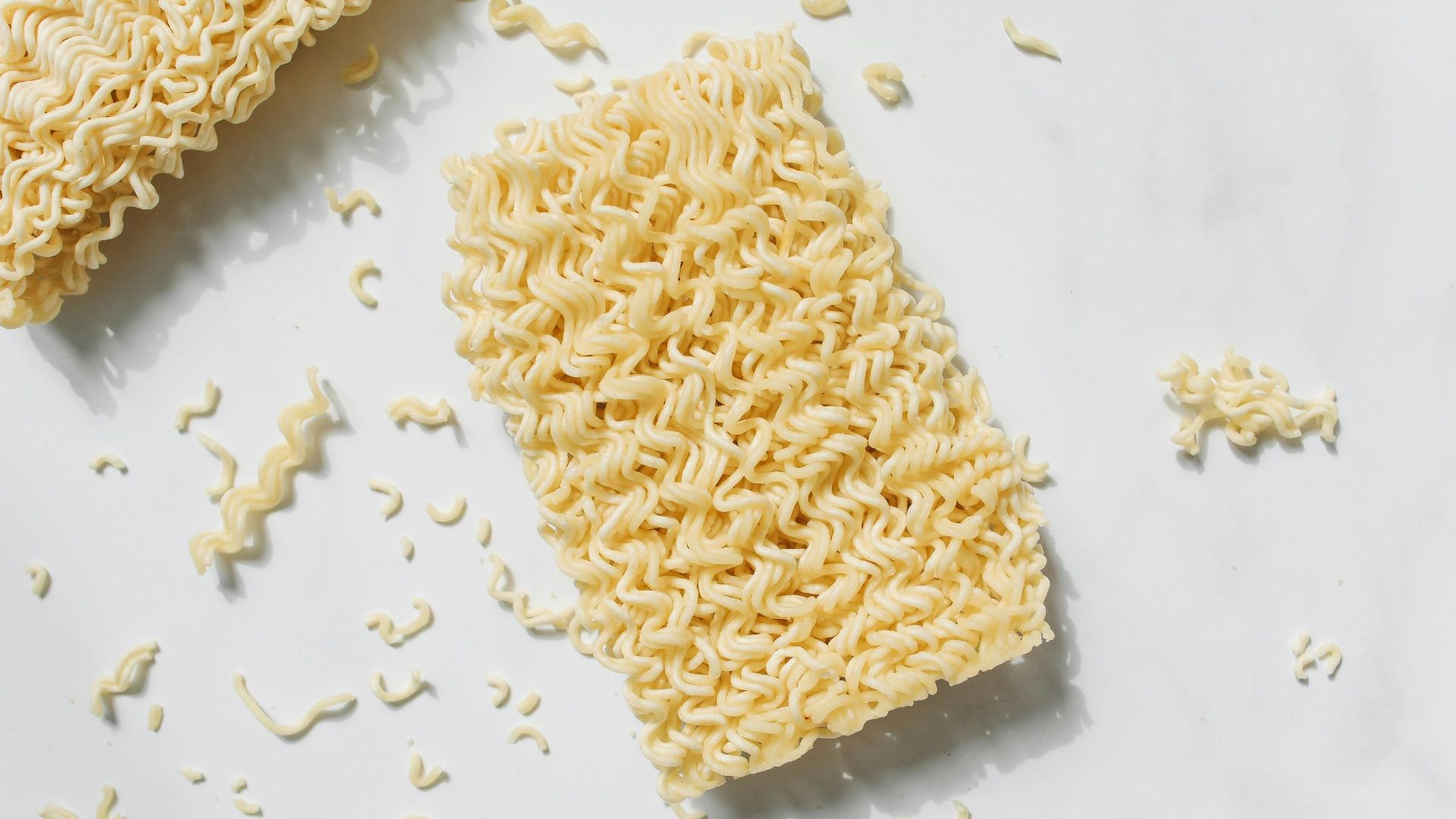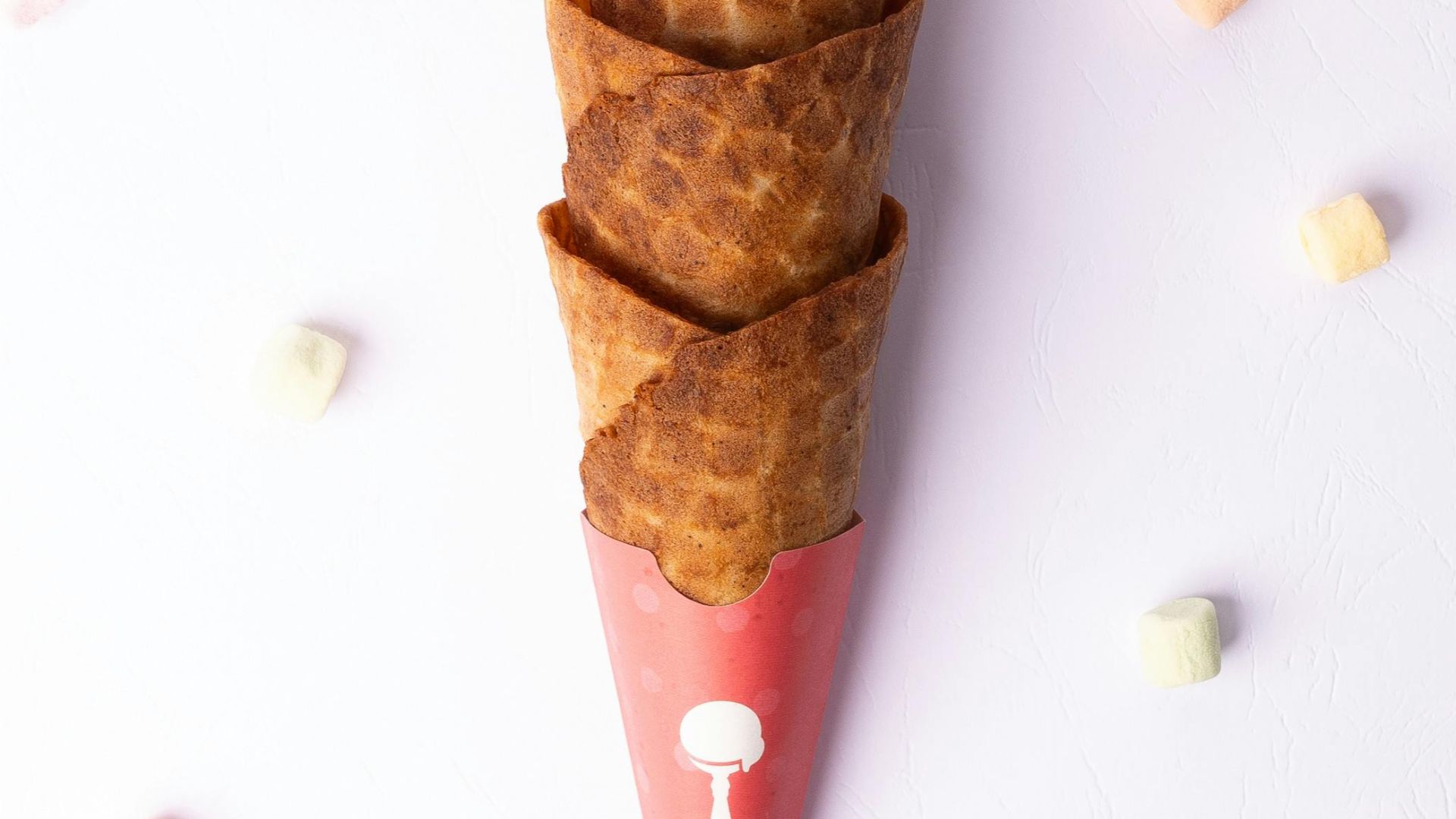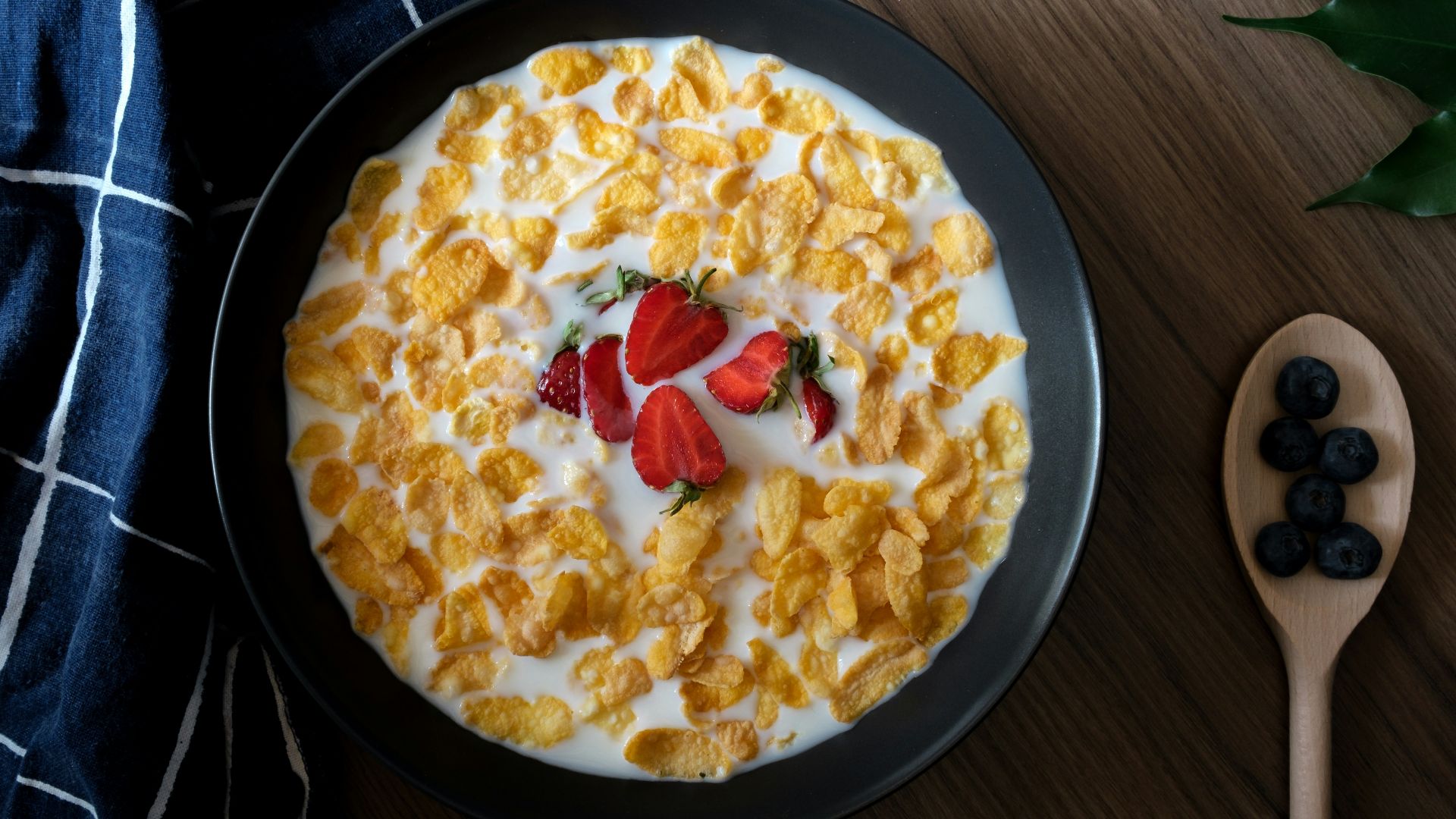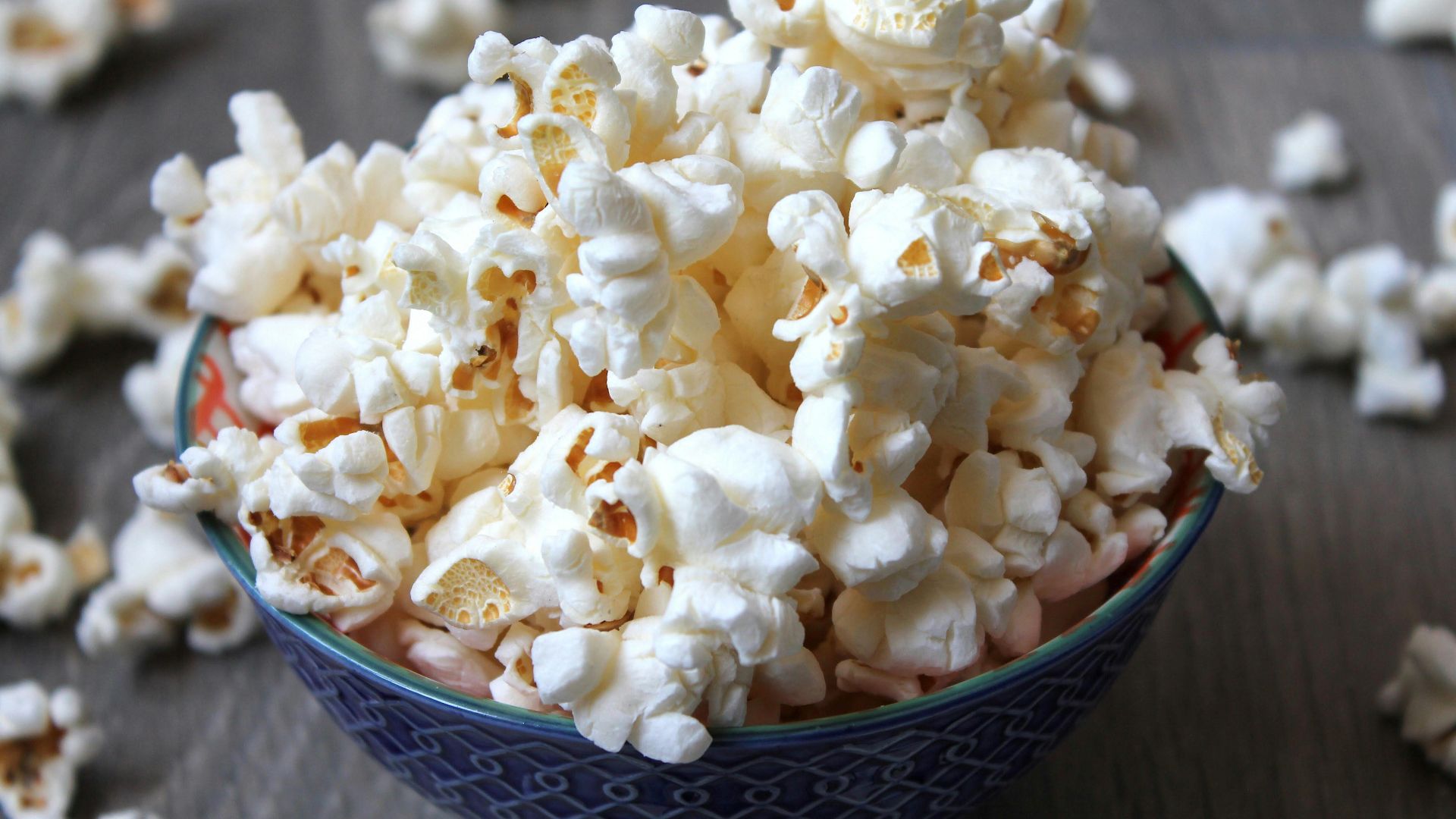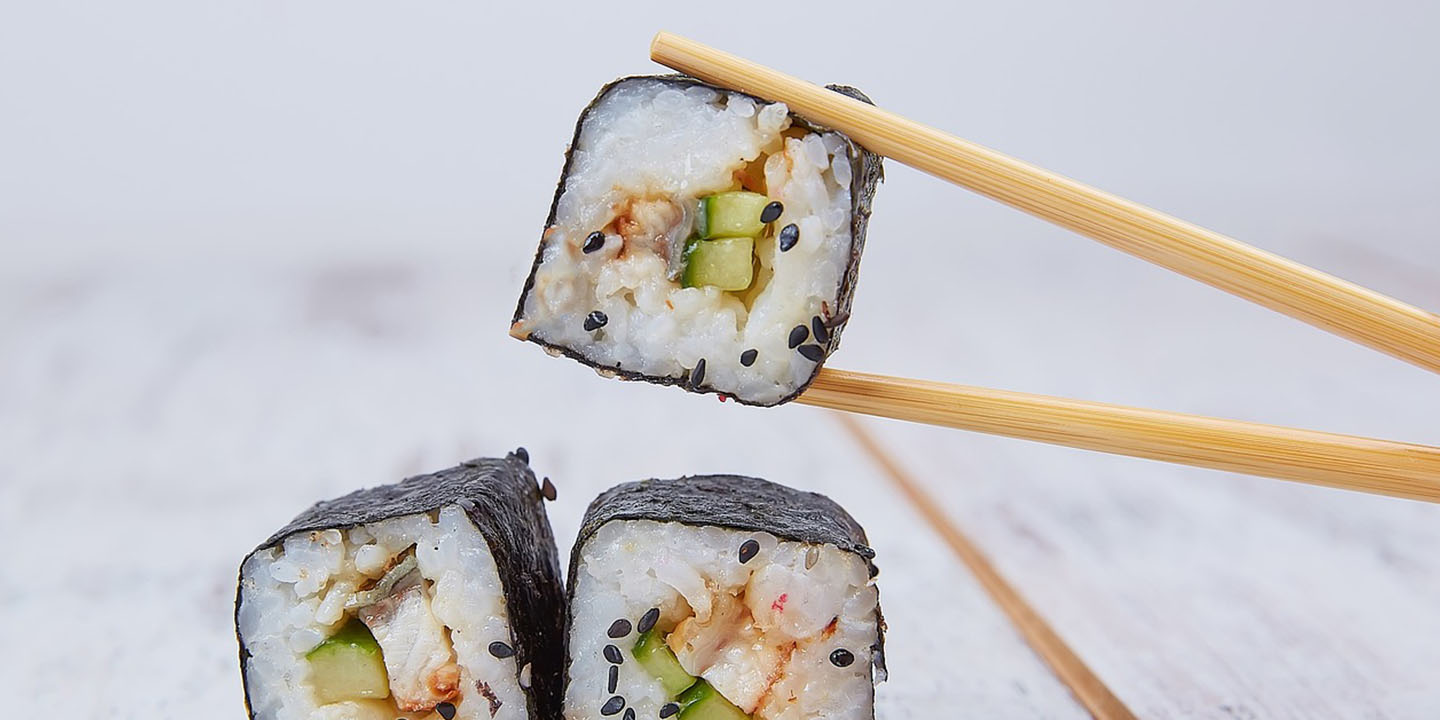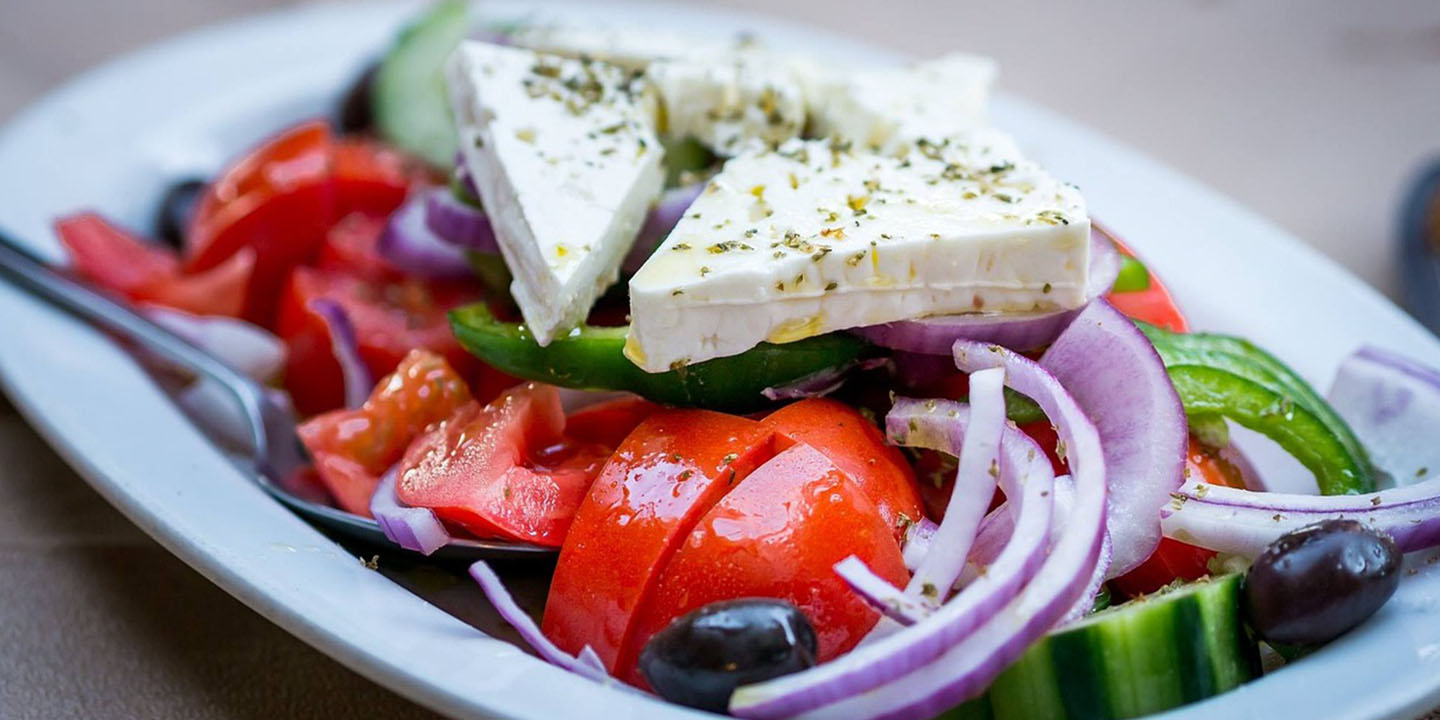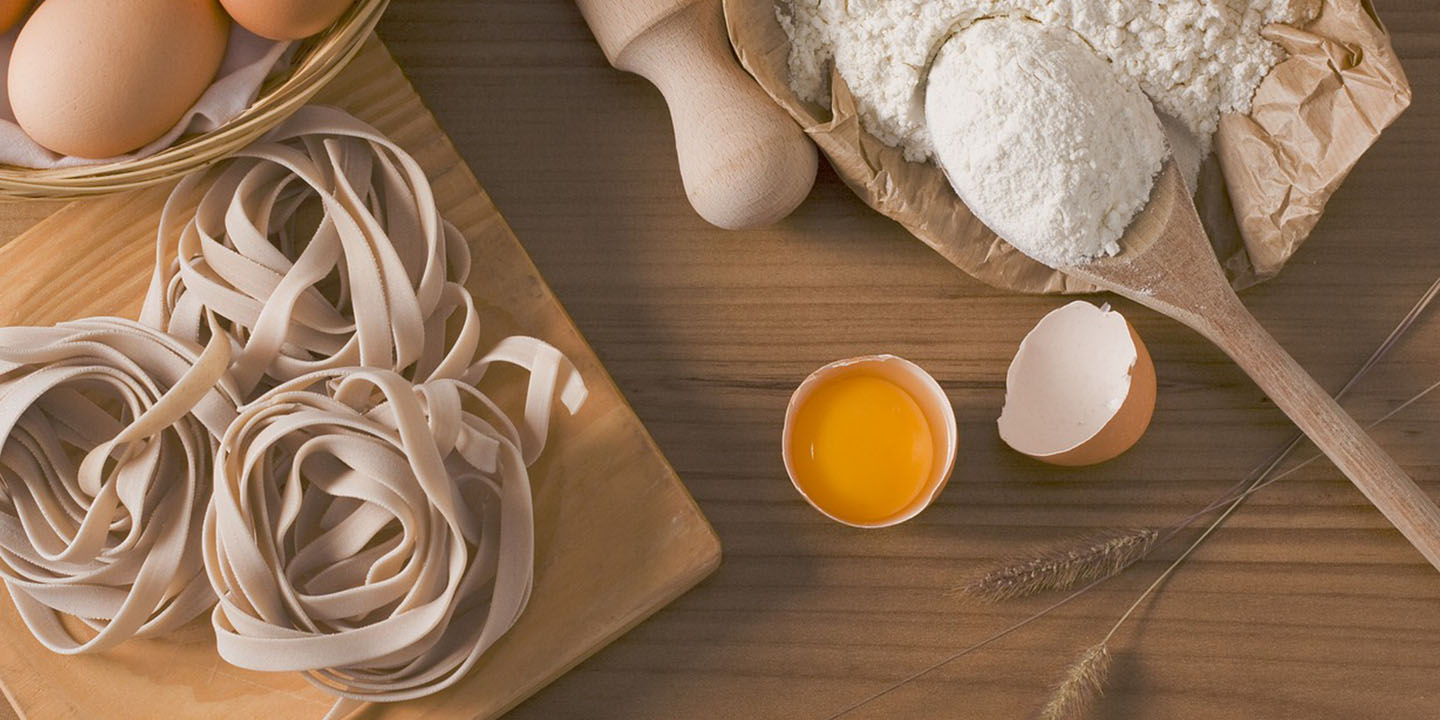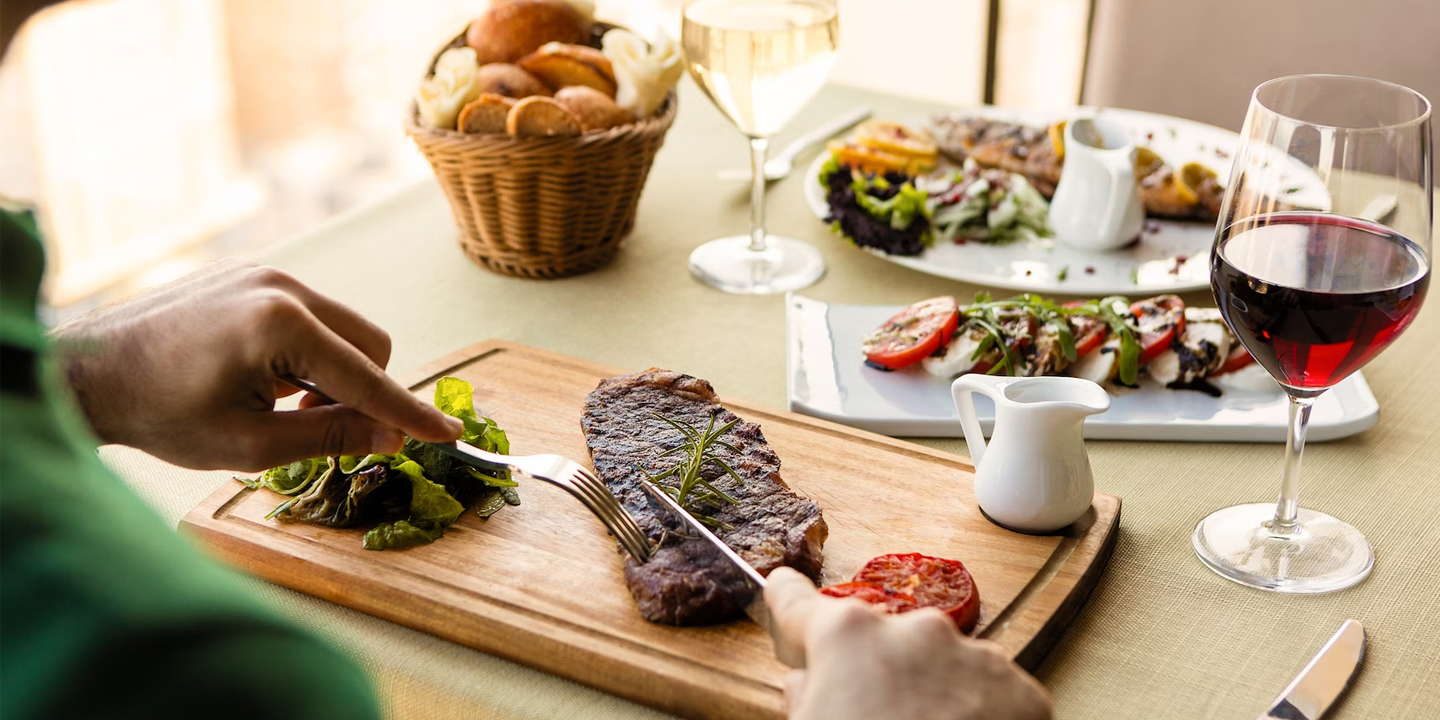Tasty Surprises With Weird History
Have you ever taken a bite of something and wondered, "Wow, who even thought of this?" It turns out a lot of our favorite foods have stories that are anything but ordinary. Some had a serious purpose, and others were just mistakes that stuck around. After you learn the origins of these 20 food items, you'll never look at them the same way again.
1. Popsicles Were Made By An 11-Year-Old
Back in 1905, a kid named Frank Epperson left his soda glass outside with a stirring stick in it. The next morning... a frozen treat on a stick! It was an accident, but we now know it as a popsicle. Who knew an 11-year-old’s mistake could turn it into a global business?
2. Chocolate Was A Bitter Drink For Warriors
When the Mayans and Aztecs drank cacao, chocolate was unsweetened and spiced—often with chili. These ancient warriors didn't sip hot cocoa on a cold winter night. Instead, it fueled their battles, giving them energy and strength. No sugar here, just pure power.
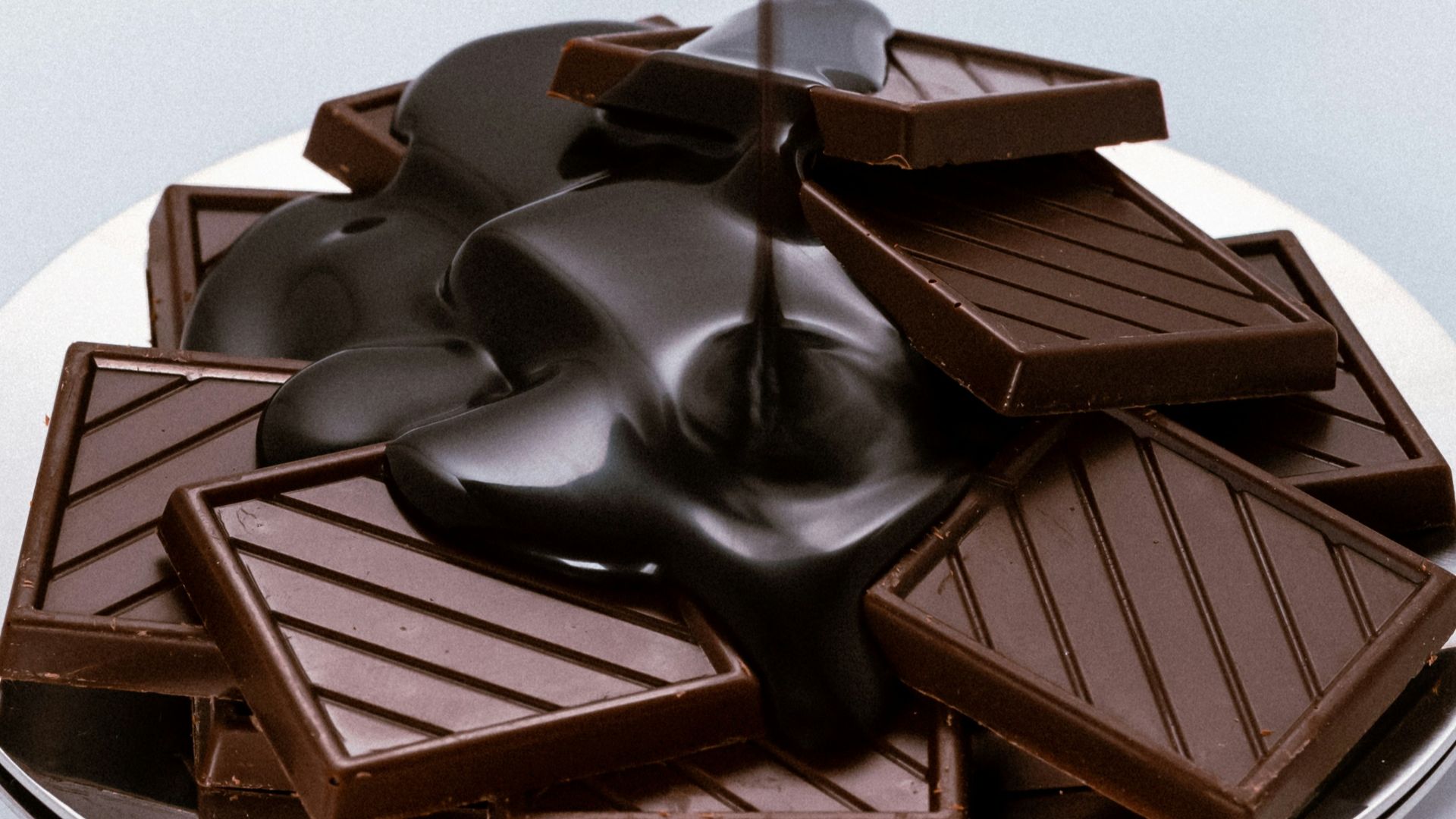 Kier in Sight Archives on Unsplash
Kier in Sight Archives on Unsplash
3. Carrots Came In Purple And Yellow Colors
Once upon a time, carrots were purple, yellow, and even white until the 1600s. After Dutch people started its cultivation, orange carrots took the spotlight. Orange carrots are now a household name around the world, but back then, those purple carrots were the original show-stoppers.
4. Potatoes Were Feared As Poisonous
Can you believe ancient people thought potatoes were poisonous? Europeans feared that they caused diseases, mostly due to their connection with nightshade plants. This fear was so strong that potatoes were practically banned. So, nobody had them in their gardens across Europe for a long time.
5. Pineapples Had A Luxurious Status
In the 1700s, pineapples were so rare and expensive that they were displayed at parties, not eaten. Think about it: hosting a fancy dinner just to show off a fruit! The value of pineapples was unmatched. It made them the ultimate status symbol of the time.
6. Vanilla Comes From A High-Maintenance Orchid
Vanilla comes from a specific orchid. If it's cultivated outside its native habitat, vanilla needs hand-pollination. Yes, it's true! Every vanilla bean requires a delicate, labor-intensive process to grow. That's why vanilla is one of the priciest spices in the world.
7. Lobsters Used To Be Prison Food
Believe it or not, these coastal delicacies used to be the poor man's food. In colonial America, lobsters were so plentiful they were fed to prisoners and servants. Lobsters were essentially considered low-class food, which is pretty wild when you look at how high-end they are today.
8. Hot Dogs Were Born From Scraps
Hot dogs were not always these fancy ballpark snacks. They actually started as a way to use up leftover meat scraps! Butchers in Germany mixed the leftovers with spices, stuffed them into casings, and there you go—the hot dog was born. Waste not, want not, right?
9. Tomatoes Were Called Poisonous Love Apples
When tomatoes first arrived in Europe, they were known as "poisonous love apples." People feared tomatoes because they felt these fruits were toxic. But over time, tomatoes made their way into every kitchen and became so popular that almost every dish had a place for tomatoes.
10. Marshmallows Came From Plants
In ancient Egypt, marshmallows were originally made from the sap of the mallow plant, which grows along the Nile. They mixed the sap with honey and nuts to create a treat for gods and royalty. It wasn't until the 19th century that marshmallows turned into a sweet, fluffy candy.
11. Pretzels Used To Be A Christian Symbol
Pretzels didn’t start out as a snack at Oktoberfest. They were originally created by monks in the 7th century as a Christian symbol. The twisted shape was meant to represent arms crossed in prayer, and they were often given to children as a reward for learning their prayers.
12. Spinach Originated In Ancient Persia
Did you know spinach was first cultivated in Persia (modern-day Iran) over 2,000 years ago? It then spread to India and China before reaching Europe and America. The leafy green became so popular that it was nicknamed the "Persian vegetable" in medieval texts.
13. Eggplants Were Once Called "Mad Apples"
When eggplants were first introduced to Europe, people believed they caused madness and sickness. Their strange shape and bitter taste also led to the nickname "mad apples." Thankfully, we’ve created some tasty recipes over time to make good use of Eggplants.
14. Peanuts Were Used For Explosives In WWII
Apart from peanut butter, the legumes were powering the war effort, too! During WWII, peanut oil was used to make glycerol, which is a fundamental ingredient in explosives. Who would've thought that the beloved peanuts played such a big role in wartime chemistry?
15. Broccoli Was Engineered By The Romans
Broccoli didn’t exist in the wild or anywhere on Earth, for that matter. It was selectively bred by the ancient Romans from wild cabbage. Over centuries, farmers developed it into the vegetable we recognize today, and it remained an Italian specialty before spreading worldwide.
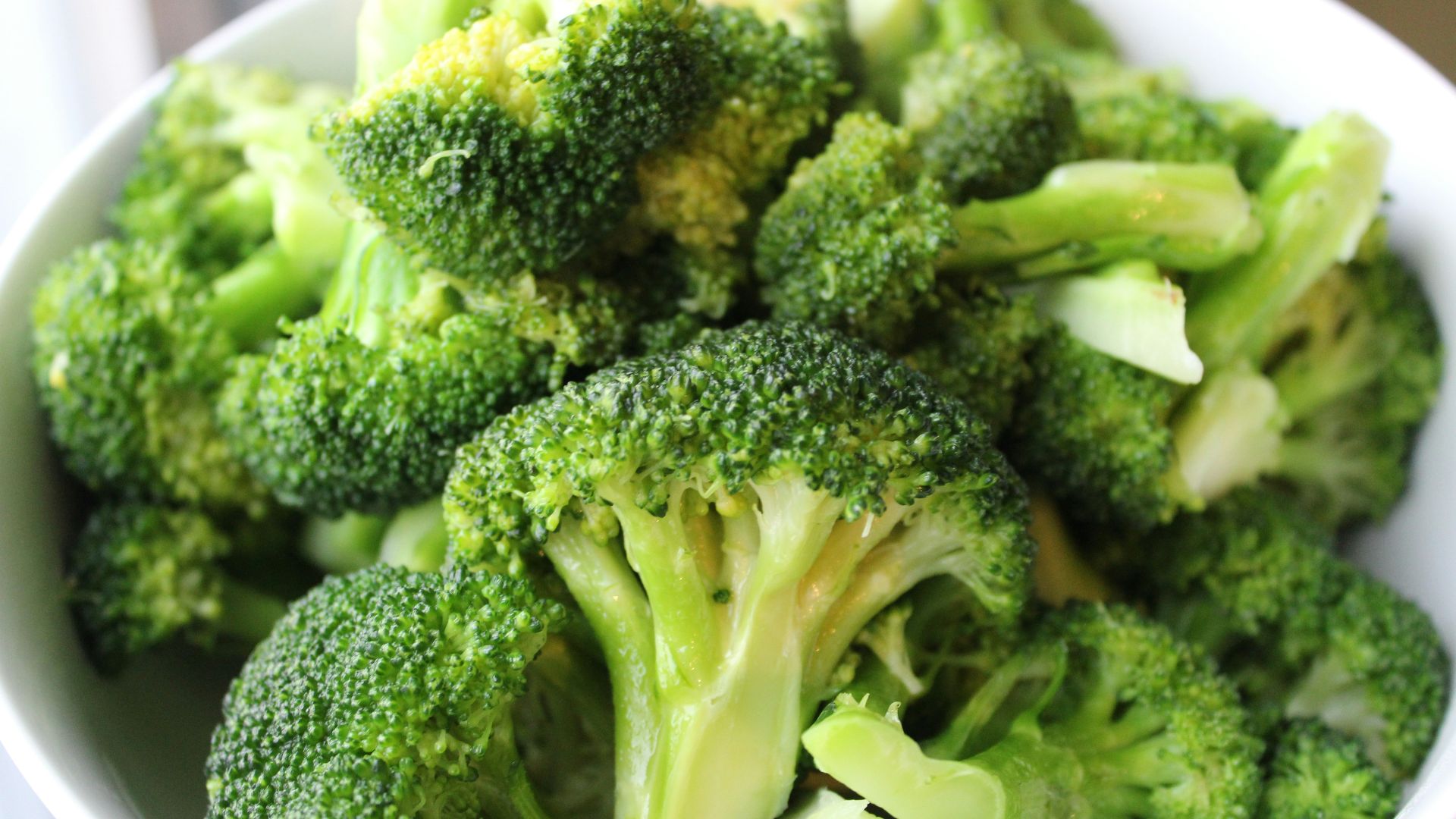 Tyrrell Fitness And Nutrition on Unsplash
Tyrrell Fitness And Nutrition on Unsplash
16. Margherita Pizza Has Royal Roots
Margherita Pizza was crafted in honor of Queen Margherita of Savoy in 1889. The toppings (tomato, mozzarella, and basil) were chosen to represent the shades of the Italian flag. That royal pizza has grown to become the most favorite version ever since.
17. Instant Noodles Were A Post-War Invention
In Japan, Momofuku Ando, the founder of Nissin, created the first version of instant noodles to provide a quick and affordable meal. So, they were born out of necessity after WWII. Ando wanted something fulfilling that's also easy to prepare and inexpensive.
18. Ice Cream Cones Became Popular At A World Fair
Ice cream vendors at the 1904 St. Louis World's Fair ran out of dishes. That's when a waffle maker nearby rolled up his waffles into cone shapes to serve the ice cream in. The result is the "i-conic" snack that changed the dessert world forever.
19. Cornflakes Were Made To Curb Temptation
Kellogg brothers created cornflakes to curb unhealthy cravings, not as a tasty breakfast treat. The brothers were big on promoting a bland, healthy diet. Little did they know their boring and tasteless creation would become a world-famous breakfast ingredient!
20. Popcorn Was Used For Decoration
Before it became a movie-time snack, popcorn had a very different job. Back in the 19th century, people used it to decorate their homes. They’d string it together to create festive garlands or even hang it on their Christmas trees. It wasn’t until the 1920s that this crunchy snack found its way into theaters.
KEEP ON READING
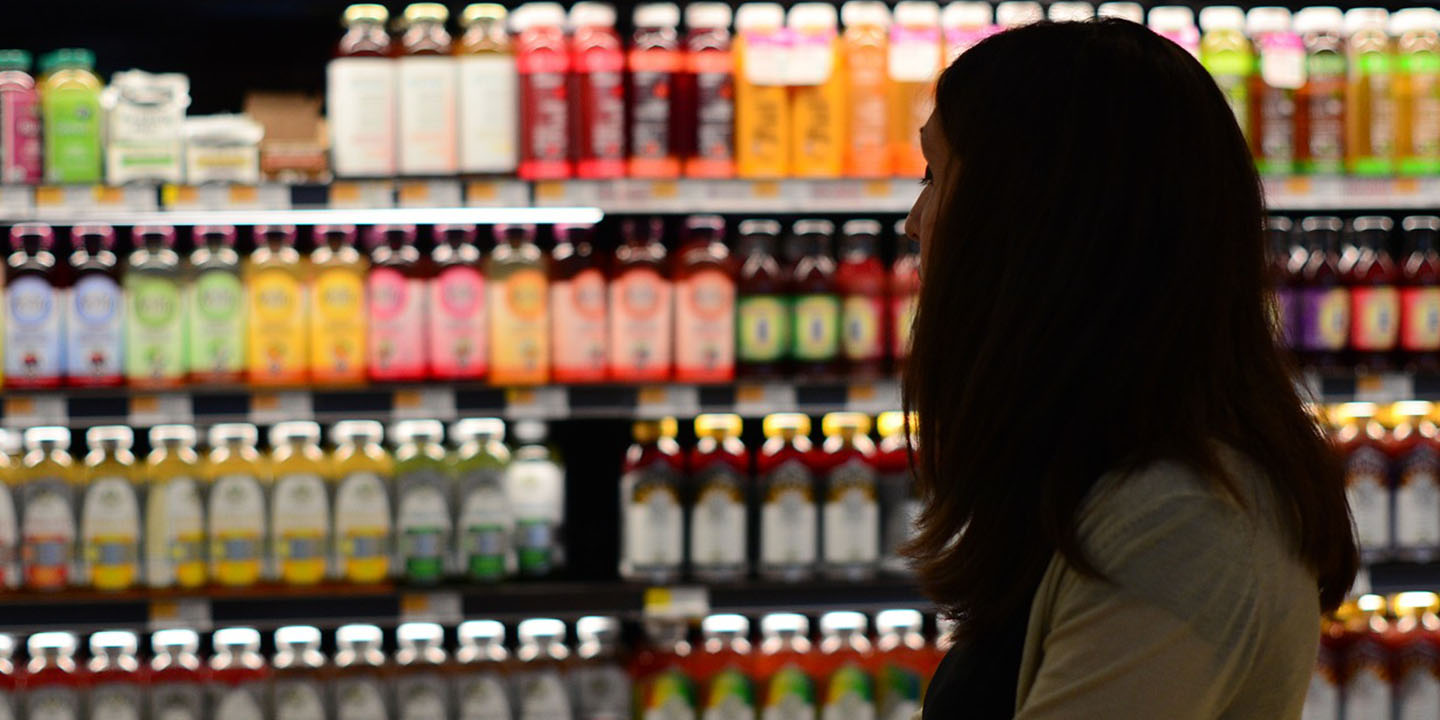
The 5 Most Consumed Foods in the Entire World
